in-coop chicken poop composter
mexicanhat
15 years ago
Related Stories
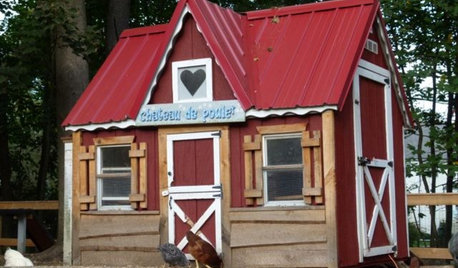
GARDENING AND LANDSCAPINGChicken Coops That Rule the Roost
These 8 chicken coops designed by Houzz users will have you clucking in admiration — and maybe even planning a henhouse of your own
Full Story
FARM YOUR YARDHouzz Call: Show Us Your One-of-a-Kind Chicken Coops
Do you have a fun or stylish backyard shelter for your feathered friends? Post your pictures and stories in the Comments!
Full Story
GARDENING AND LANDSCAPINGBackyard Living: The Scoop on Chicken Coops
Perk up your morning with fresh eggs and chickadee clucks when you build a chicken coop in your own yard
Full Story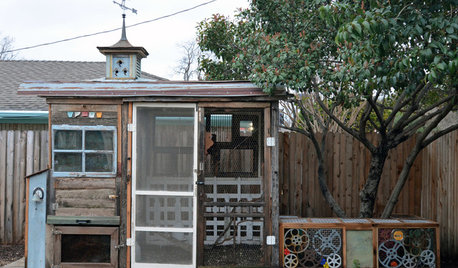
OUTBUILDINGSQuirky Meets Practical in a Dallas Chicken Coop
These hens have a stylish backyard coop built from recycled materials
Full Story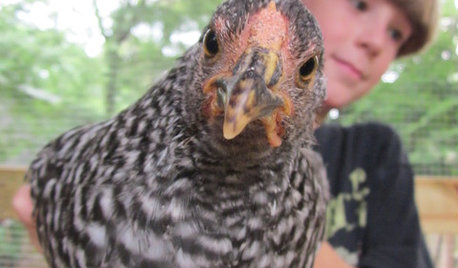
FARM YOUR YARD4 Farm-Fresh Chicken Coops in Urban Backyards
These Atlanta henhouses are worth crowing about for their charming, practical designs
Full Story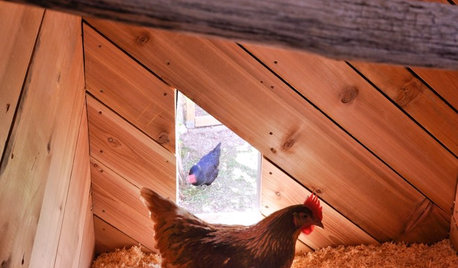
PETSHens Nest in Style in a Modern Nevada Coop
Take a mini tour of a backyard chicken coop built by a pro designer with all the essentials for the 'clients' and then some
Full Story
GARDENING AND LANDSCAPINGRaise Backyard Chickens Without Ruffling Neighbors' Feathers
Before you build a coop in the backyard, follow these strategies to help keep your neighbors from squawking
Full Story
GARDENING GUIDESThe Poop Scoop: Enrich Your Soil With Good Old Manure
Get over the ick factor already — this natural super-ingredient for soil has so many benefits, you'll wonder why you ever went chemical
Full Story
GARDENING GUIDESGet on a Composting Kick (Hello, Free Fertilizer!)
Quit shelling out for pricey substitutes that aren’t even as good. Here’s how to give your soil the best while lightening your trash load
Full Story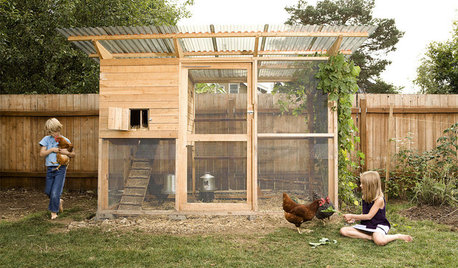
PRODUCT PICKSGuest Picks: 20 Finds to Cluck About
If you have or love chickens, you’ll flock to these coops, themed accessories, artwork and more
Full StorySponsored
Franklin County's Preferred Architectural Firm | Best of Houzz Winner
More Discussions






adirondackgardener
mexicanhatOriginal Author
Related Professionals
Eden Prairie Landscape Architects & Landscape Designers · Clermont Landscape Contractors · Norwood Landscape Contractors · Bridgeport Landscape Contractors · Fair Oaks Landscape Contractors · Lebanon Landscape Contractors · Long Branch Landscape Contractors · North Canton Landscape Contractors · Plymouth Landscape Contractors · Salem Landscape Contractors · Northlake Landscape Contractors · Golden Valley Landscape Contractors · Hendersonville Decks, Patios & Outdoor Enclosures · Kansas City Decks, Patios & Outdoor Enclosures · Stafford Decks, Patios & Outdoor Enclosuresceresone
adirondackgardener
luckygal
jeremyjs
Kimmsr